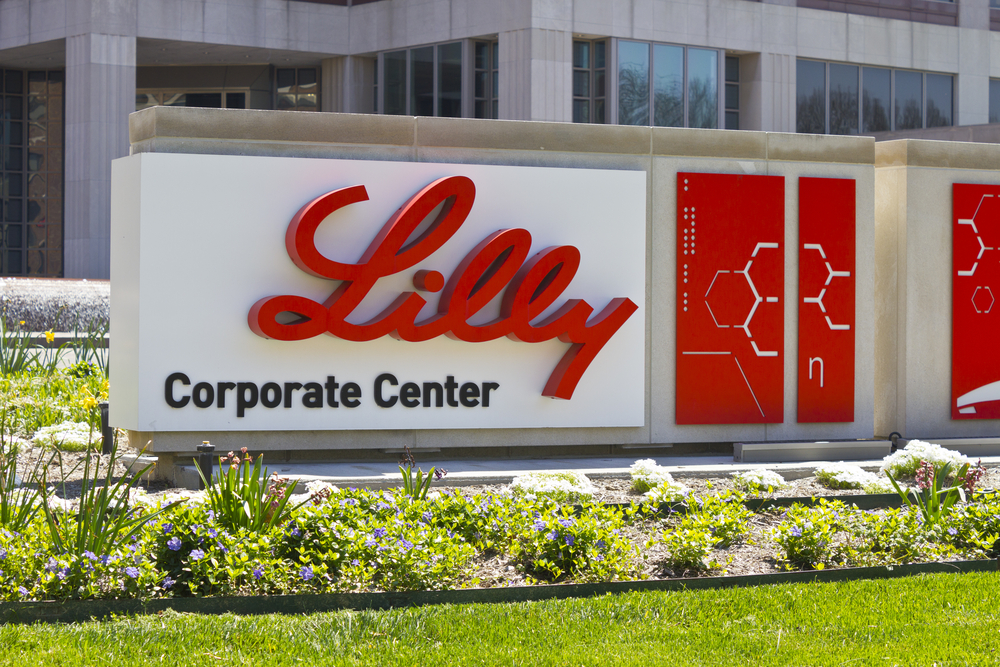
Eli Lilly’s grip on the psoriasis treatment space could be getting stronger.
The company reported results from a Phase 3 study showing that Taltz (ixekizumab) produced significantly higher response rates in patients with moderate-to-severe plaque psoriasis compared to Johnson & Johnson’s Stelara.
Investigators gave patients randomized doses of Stelara or Taltz for a total of 52 weeks. Stelara was either administered as a 45 mg or 90 mg weight-based dosing whereas the other group of patients received an initial subcutaneous injection of 160 milligrams of Taltz followed by an 80mg SC injection once every two weeks for 12 weeks, then 80mg every four weeks.
By week 24, the study completed its primary endpoint when an approximate 83 percent of patients taking Lilly’s treatment reached 90 on the Psoriasis Area Severity Index (PSAI), the metric used to assess the extent and severity of the skin condition, compared to 59 percent taking the Stelara regimen.
Also, Lilly’s announcement noted about 49 percent of patients taking Taltz reached 100 on the PSAI scale versus 23.5 percent in the Stelara group.
“For many years, achieving PASI 75 – or 75 percent improvement in skin plaques – has been the standard treatment goal for moderate-to-severe plaque psoriasis,” said lead study author and professor Dr. Kristian Reich, Ph.D., in a statement regarding the results.
“The data of the IXORA-S study is significant, as it demonstrates both high levels of skin improvement for patients treated with Taltz, consistent with pivotal Phase 3 trials, as well as higher response rates over Stelara, which is one of the most frequently used biologics in the treatment of moderate-to-severe plaque psoriasis,” he continued.
These findings could bolster Taltz’s blockbuster sales potential as well.
A report from research and consulting firm GlobalData released last year predicts Taltz could generate sales in excess of $1 billion in the US and Europe by 2022 due to factors like high safety and efficacy profiles along with a convenient dosing schedule.
Researchers presented these findings at the annual American Academy of Dermatology meeting taking place in Orlando, Florida.
Filed Under: Drug Discovery



